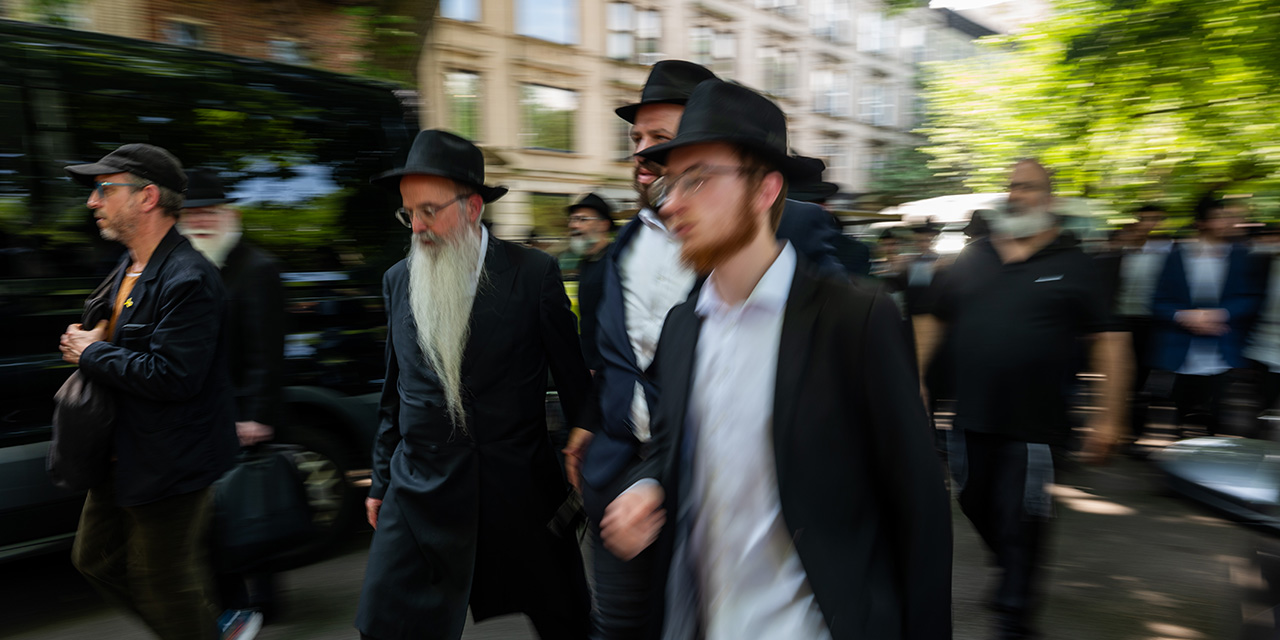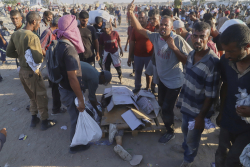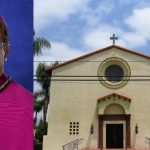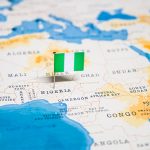
The prospect of a five-way mayoral race this November has raised questions about how New York’s many demographics will vote. One that could be pivotal: Orthodox Jews. A recent UJA–Federation of New York study finds that the Orthodox constitute about 20 percent of the city’s 1 million Jews, making them a potentially decisive player.
But the race also underscores a long-overlooked truth: Orthodox Jews are not a monolithic voting bloc. They differ in both religious and political beliefs. Understanding how they differ—and how other Jewish groups think and believe—is crucial for earning their electoral support.
Finally, a reason to check your email.
Sign up for our free newsletter today.
A new comprehensive poll conducted by Zenith Research gives us unprecedented insight into how the city’s Jews—and other groups—are likely to vote. The poll shows Zohran Mamdani as the clear frontrunner in the mayoral race. Notably, Mamdani polled well even among Jewish voters, earning 43 percent support overall.
But the breakdown by denomination and age group reveals a more nuanced picture. While Mamdani runs strongly among Reform and nondenominational Jews, his support among Conservative and Orthodox Jews—which the poll groups together—was much weaker. Among these groups, Andrew Cuomo and Eric Adams outperformed him, earning 33 percent and 27 percent support, respectively—compared with 21 percent for Mamdani.
The problem with the Zenith poll, however, is that it treats Orthodox Jewish voters as a single constituency. In reality, the Orthodox community is diverse. Ashkenazic Orthodox Jews—those of European descent—include several distinct subgroups. Hasidic Jews, often referred to as “ultra-Orthodox,” are primarily based in Brooklyn and follow a more spiritual, communal tradition. Yeshivish Jews, also considered “ultra-Orthodox,” live largely in Queens and Flatbush and adhere to a more Scholastic, Lithuanian-influenced worldview. “Modern” Orthodox Jews blend traditional religious observance with engagement in secular society and are typically found on Manhattan’s Upper West and East Sides, in Washington Heights, and in parts of suburban Queens.
New York is also home to large Sephardic populations—descendants of Jews who immigrated from countries such as Spain, Russia, Iran, and Turkey. Within and across these groups, various communal institutions and rabbinic authorities shape religious, social, and political attitudes, producing a wide range of perspectives on issues such as Zionism, anti-Semitism, integration into secular society, education policy, and community safety.
How do these differences play out politically? Take, for example, the 2021 Democratic mayoral primary outcomes in Brooklyn. Major Orthodox Jewish strongholds like Williamsburg (home of the Satmar Hasidim, among the most austere Hasidic groups) and Borough Park voted for Andrew Yang. Flatbush and Crown Heights—home to Chabad, Sephardic, and Yeshivish communities—went for Adams.
How will the Orthodox Jewish vote break this time? While most Orthodox Jews are fearful of a Mamdani mayoralty, how they will express that opposition is anyone’s guess. Brooklyn’s Hasidic population holds serious electoral influence and maintains complicated ties with both Adams and Cuomo.
Many Hasidic Jews harbor lingering resentment toward Cuomo for his Covid-19 policies, which limited religious gatherings, and for his disparaging criticism of their communities at the time. Still, he won substantial rabbinic and institutional support in the primary and carried every significant Orthodox Jewish precinct in the city by big margins. Cuomo has courted Orthodox leaders with symbolic gestures—wearing hostage ribbons, denouncing Mamdani’s more controversial statements, and positioning himself as a centrist, tough-on-crime alternative.
Still, Orthodox support is far from guaranteed. Political organizations like Crown Heights PAC and Crown Heights Jewish United endorsed Cuomo in the primary but have since said that those endorsements did not apply to the general election and that they would support “the strongest candidate,” whoever that may be.
Adams, for his part, also has ties to the Orthodox community dating back at least to his 2021 victory. As mayor, he created a new office to combat anti-Semitism, appointed Orthodox Jews to key roles in his administration, and made Jewish community relations a focal point of his campaign.
UC–Santa Cruz professor Nathaniel Deutsch, who specializes in the history of Hasidism, said in an interview with The City that “if Adams is perceived as being competitive, then [most] Haredi voters will support him. If Adams is viewed as non-competitive, however, [then] Haredi community leaders will find themselves in an interesting position.”
Complicating matters further, Curtis Sliwa, the GOP nominee in the race, remains a strong draw for Orthodox Republicans. In the 2021 mayoral election, Sliwa won 54 percent of the vote in District 48—the heavily Hasidic community in Borough Park—while Adams took just 39 percent, despite Adams carrying other heavily Orthodox neighborhoods like Williamsburg, Flatbush, and Crown Heights. The broader political climate may also work in the Republican candidate’s favor. In last year’s presidential election, 93 percent of Hasidic Jews backed Donald Trump, according to exit polls. Thus, Sliwa’s presence in the race could have a meaningful impact on how Orthodox voters align in this election.
Some Hasidic factions may opt for pragmatism. The Satmar community, for instance, has signaled a willingness to soften its stance on Mamdani if he appears poised to win. Moshe Indig, a key Satmar leader in Williamsburg, opposes Mamdani “because of all the public statements” that make supporting him “a little difficult,” but he has also said that Mamdani is also “a very nice guy, very humble. As mayor, we wouldn’t have a problem with him.”
Rabbinic endorsements are another factor. The media focus on them, but their impact may be overstated. Pollster Jacob Rosewater notes, “Only 10% of Haredi voters reported straight-ticket voting in 2024, . . . . This is seen in Kiryas Joel—a Satmar Haredi community in the Catskills—where internally popular figures like Andrew Cuomo and Donald Trump received near-universal support while unpopular figures like Kathy Hochul only won by a small margin despite receiving endorsements from local religious leaders.”
Outside the Hasidic enclaves, the smaller Modern Orthodox community operates differently. While these voters are traditionally centrist, recent polling shows a rightward shift, mirroring broader trends among suburban Jews across the tristate area. During the June primary, these communities rallied behind Cuomo, viewing him as the strongest bulwark against Mamdani. United by their opposition, they’re expected to coalesce around the candidate best positioned to block Mamdani from reaching Gracie Mansion.
Perhaps the most overlooked group is Queens’s growing population of Sephardic Bukharian and Russian-speaking Jews, especially in Forest Hills, Rego Park, and Kew Garden Hills. Estimated at 70,000 strong, the Bukharian community (Jews from Central Asia) has become a political wildcard. They are historically conservative, though not necessarily politically active. Many, however, have grown disillusioned with progressive policies on crime and ethnic representation. Victoria Zirkiev, a key Adams ally, has emerged as an important liaison to this group.
All this adds up to a Jewish electorate that is, despite a widely shared opposition to Mamdani, fractured and unpredictable. Some may put aside their misgivings about Cuomo and vote for him to block the election of a left-wing mayor, but divisions among these communities could still hand Mamdani the mayoralty. We’ll find out in November.
Photo by Spencer Platt/Getty Images
Source link


















